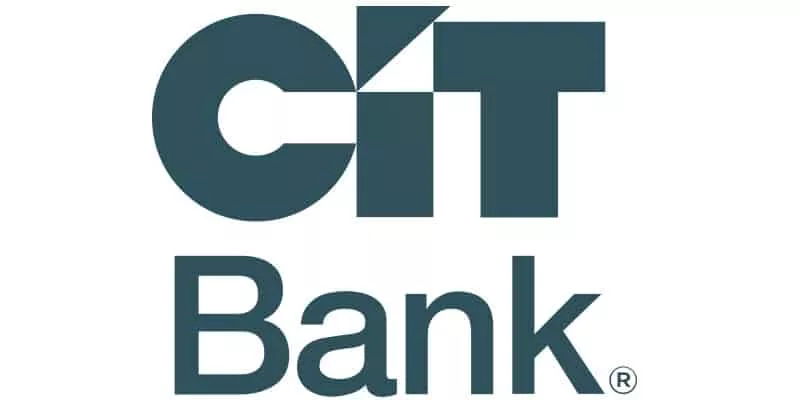APR and interest rate are closely related but they are not the same. It's important to understand the key differences between the two to make informed financial decisions.
APR vs Interest Rate
The interest rate is the percentage of the loan amount that the borrower pays to the lender for the use of the money. This rate is typically expressed as an annual percentage, and it is the primary factor in determining the monthly payments on a loan or credit card.
In contrast, the APR (Annual Percentage Rate) takes into account the interest rate as well as any additional fees or charges associated with the loan or credit product. The APR provides a more comprehensive representation of the total cost of borrowing money over the course of a year.

Main differences between APR and interest rate
- Inclusivity: APR includes the interest rate as well as any additional fees or charges, while the interest rate only reflects the cost of the borrowed funds.
- Accuracy: APR provides a more accurate representation of the true cost of borrowing, as it takes into account the total cost of the credit product.
- Comparison: APR allows for a more apples-to-apples comparison of different credit products, as it standardizes the way the cost of credit is presented.
- Timing: APR is an annualized rate, meaning it reflects the total cost of credit over the course of a year, while the interest rate may be expressed in different time frames, such as monthly or daily.
It's important to note that while the interest rate is a crucial factor in determining the cost of credit, the APR provides a more comprehensive and accurate representation of the total cost.
Final takeaway
When evaluating and comparing credit products, like a signature loan, it's essential to focus on the APR rather than just the interest rate to make the most informed financial decisions.
It doesn't matter whether it's a personal loan from a bank or an online lender, the APR provides a more comprehensive picture by incorporating additional fees.














